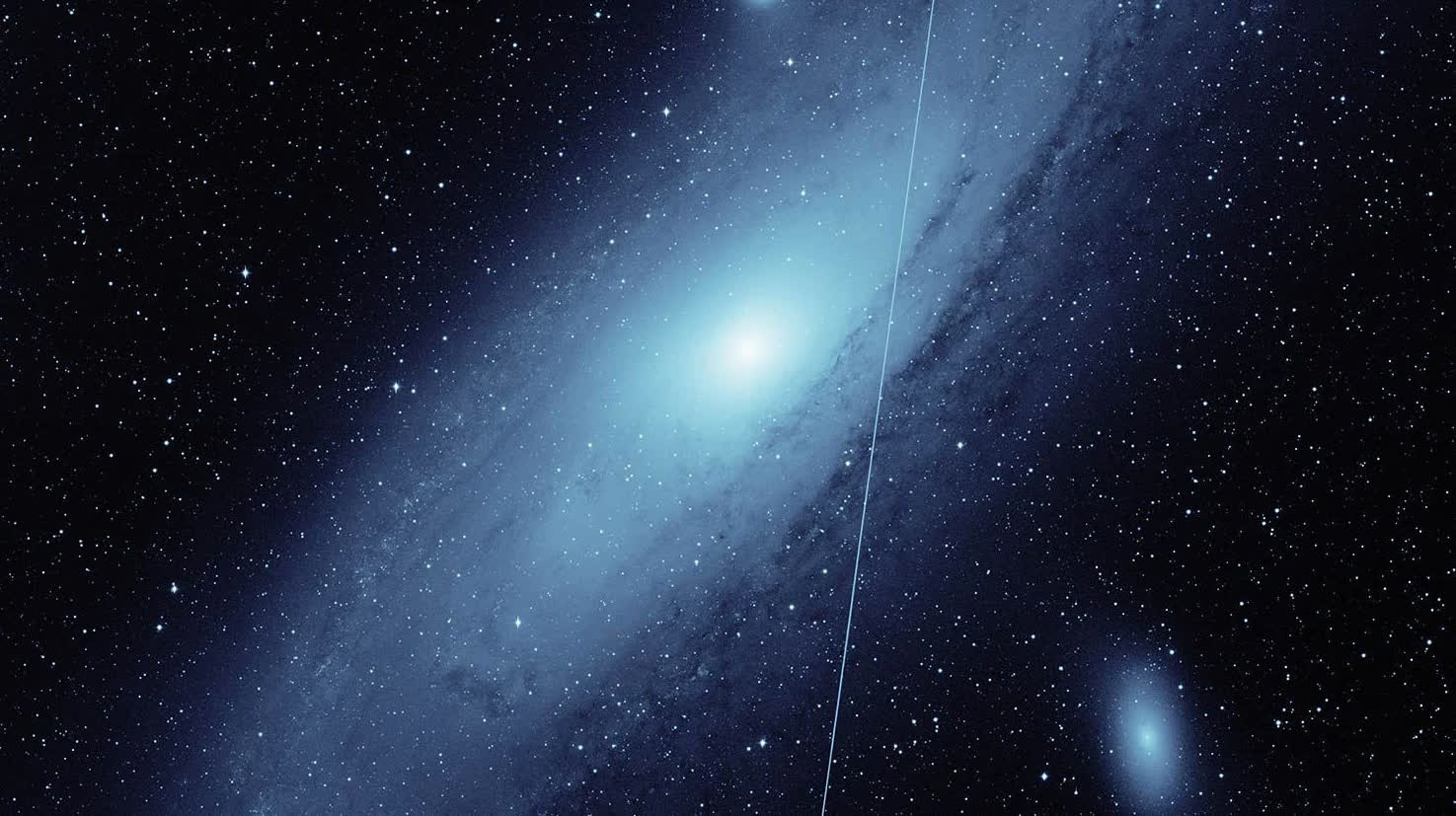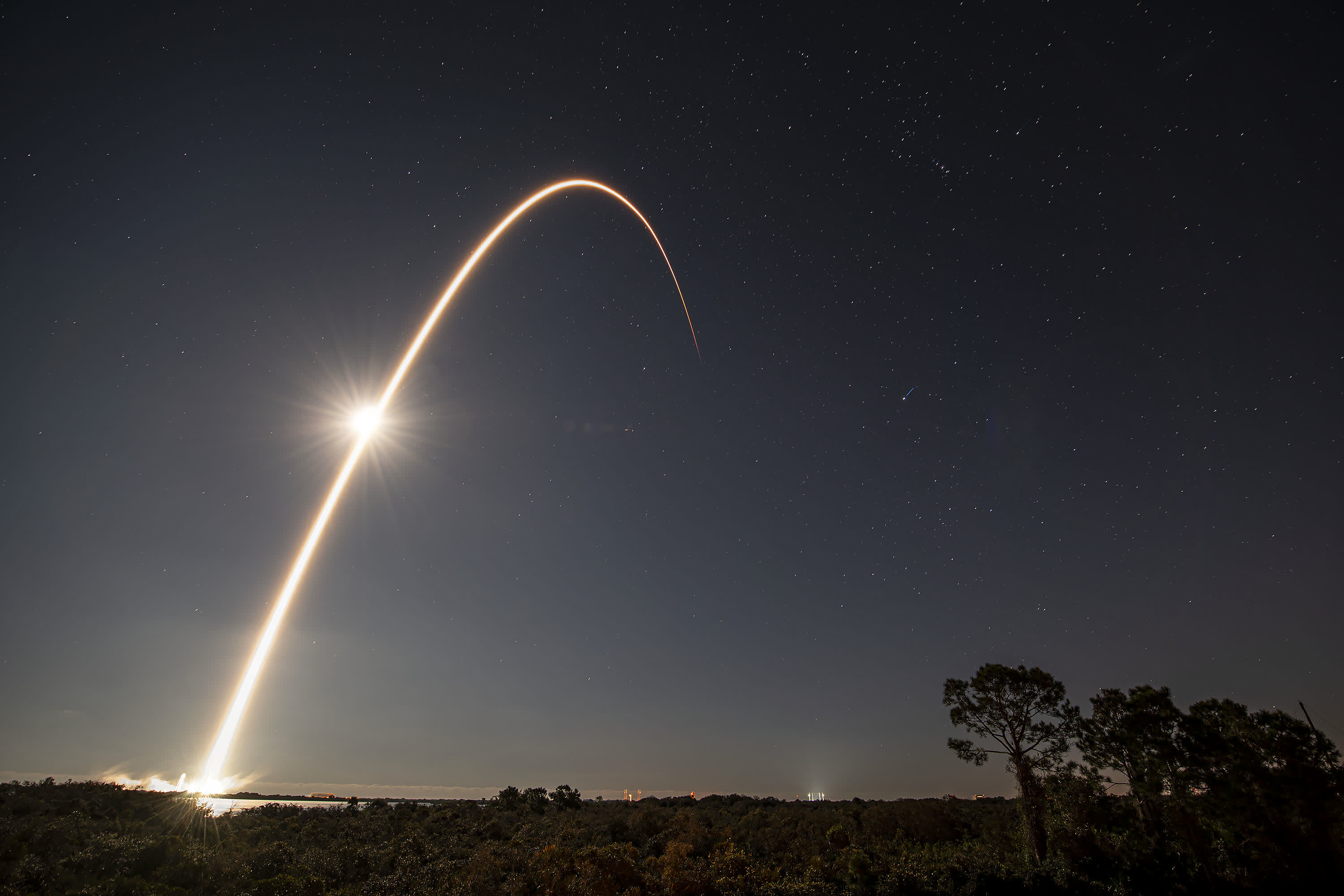What just happened? SpaceX last week launched 49 Starlink satellites into low Earth orbit from the Kennedy Space Center in Florida. A day later, a geomagnetic storm forced most of them out of commission. Some might call it a case of bad timing. Others might deem it karma.
SpaceX said it deploys satellites into a lower orbit so that in the rare case that something goes wrong, they will be deorbited by atmospheric drag. The storm last Friday heated up the atmosphere, causing atmospheric drag to increase as much as 50 percent compared to previous launches.
The Starlink team attempted to ride out the storm by putting the satellites into a safe mode where they would "fly edge-on (like a sheet of paper) to minimize drag." The increased drag, however, prevented most of the satellites from being able to leave safe move and commence orbit raising maneuvers.
As a result, as many as 40 satellites will either soon reenter Earth's atmosphere or already have.

SpaceX said the deorbiting satellites pose no risk to those on Earth, as they completely burn up upon reentry into the atmosphere.
A group of researchers last month said Starlink satellites were impacting ground-based astronomy, and that the issue was only going to get worse over time. In 2019, less than 0.5 percent of photos were impacted by Starlink satellites. By August 2021, nearly one out of every five photos examined were polluted by the satellites.
